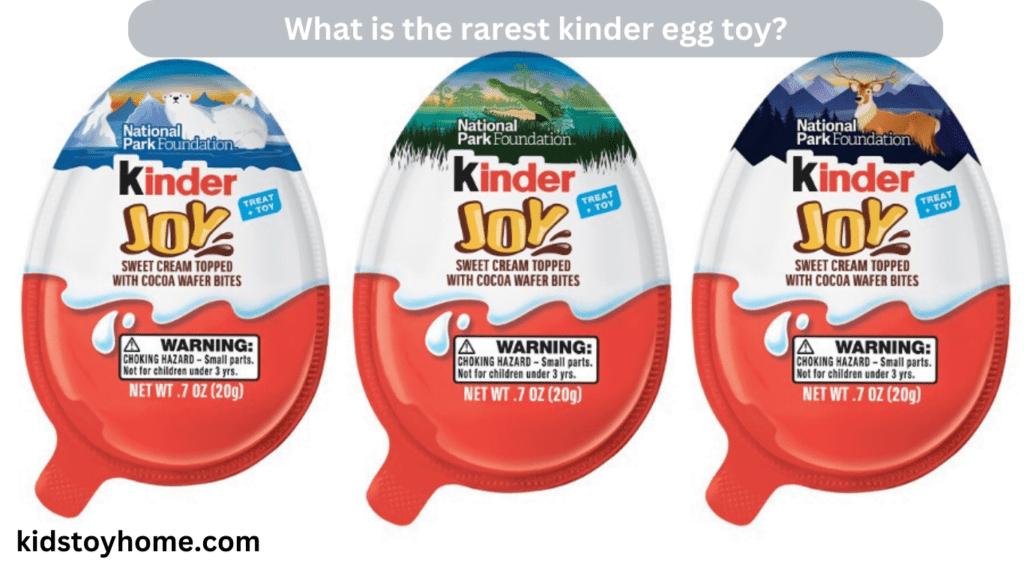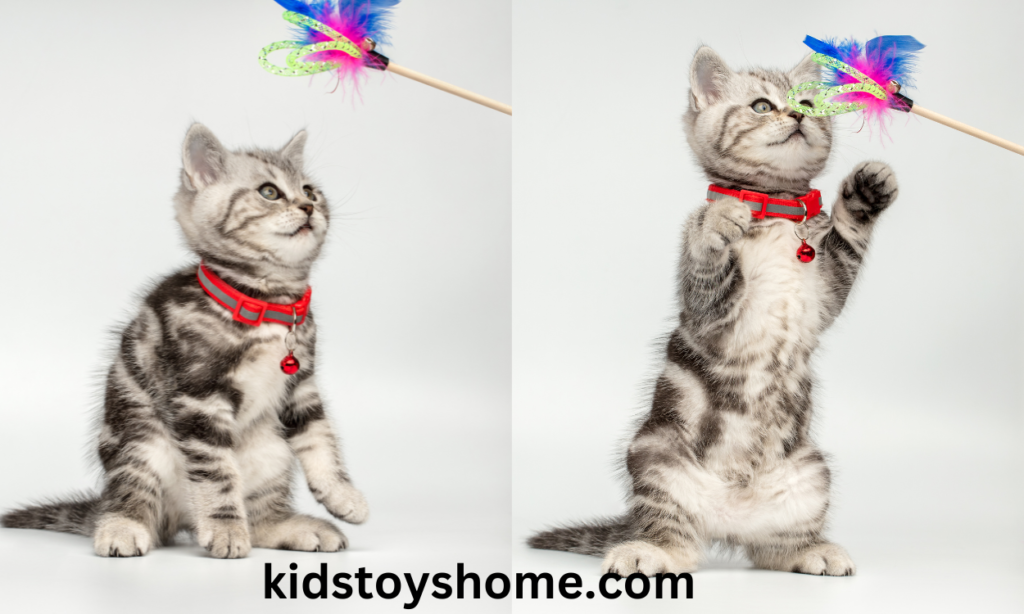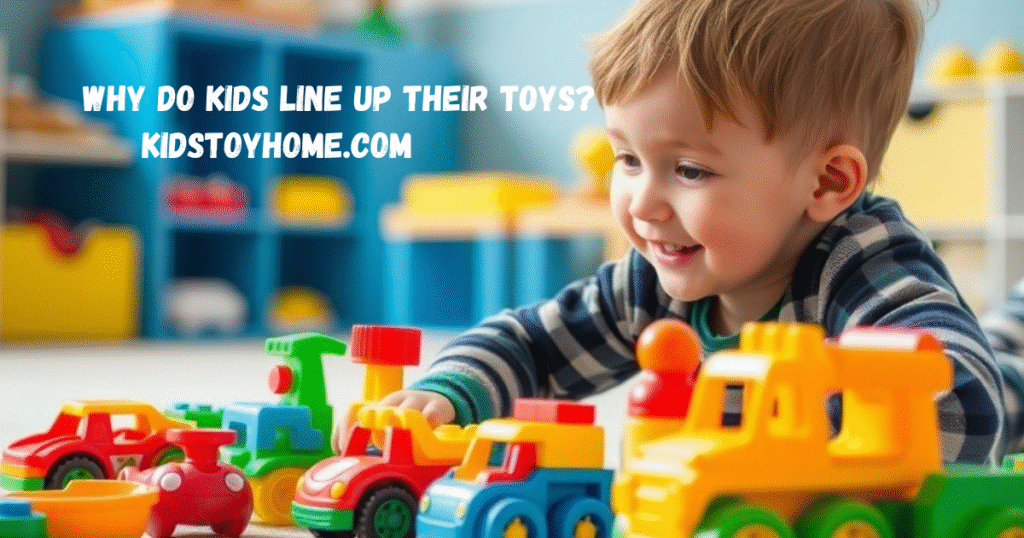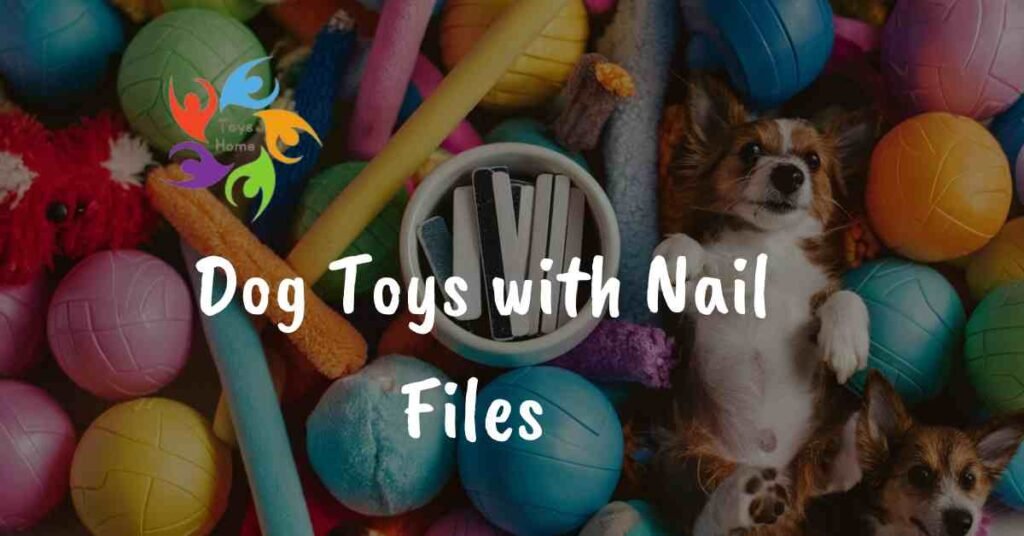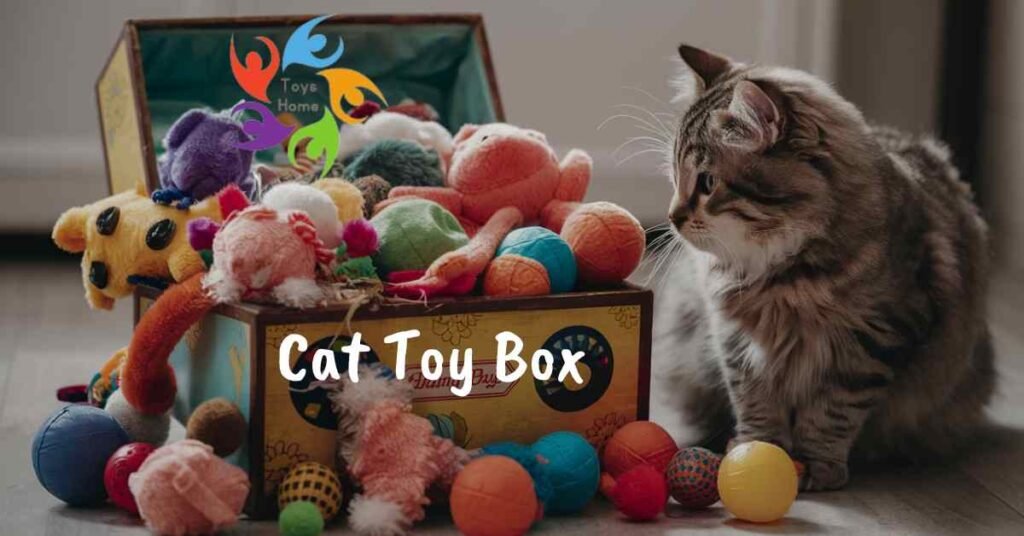Poodles are popular and beloved dogs. They are known for their intelligence and elegance. Poodles have hypoallergenic coats. There are three main sizes of poodles: Toy, Miniature, and Standard.
Toy and Miniature Poodles are smaller varieties. People often wonder, “Is a Toy Poodle smaller than a Miniature Poodle?” This guide explores the differences and similarities between these breeds.
We’ll examine their size and appearance, discuss their health and temperament, and consider how well they fit as family pets. Let’s explore these poodle types to see what makes them unique. This will help you decide which might be best for your lifestyle.
Understanding Poodle Sizes
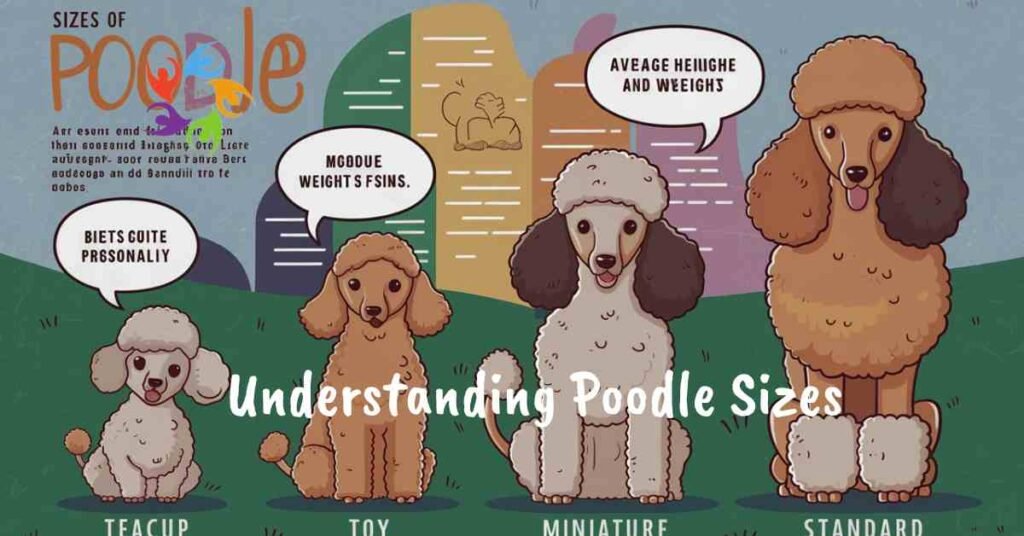
Poodles come in three different sizes: Standard, Miniature, and Toy. Standard Poodles are the largest. They stand over 15 inches tall and weigh between 40 and 70 pounds. Miniature Poodles are smaller. They stand between 10 and 15 inches tall and weigh 10 to 15 pounds. Toy Poodles are the smallest. They stand under 10 inches tall and weigh only 4 to 6 pounds.
Each size has its own special traits. Standard Poodles are strong and active. They need lots of exercise. Miniature Poodles are friendly and playful. They fit well into many homes. Poodles Toys are tiny and affectionate. They are great for smaller spaces. All poodles are smart and easy to train. They love to be with their families. Understanding the differences in size helps you choose the right poodle for you.
Overview of Poodle Varieties
Poodles come in three distinct sizes, each with its own unique characteristics. While the Standard Poodle is the largest and was originally bred as a water retriever, the Toy and Miniature Poodles were developed for companionship and are favored for their smaller size and adaptability. Here’s a quick breakdown of the three main poodle types:
- Standard Poodle: Typically stands over 15 inches tall at the shoulder and weighs between 40 and 70 pounds.
- Miniature Poodle: A mid-sized poodle, standing between 10 to 15 inches tall and weighing 10 to 15 pounds.
- Toy Poodle: The smallest variety, standing under 10 inches tall and weighing 4 to 6 pounds.
Historical Development of Different Poodle Sizes
The poodle’s history dates back to ancient times. It originated in Germany, where it was bred for waterfowl hunting. Over time, the breed evolved, and the smaller varieties were developed in France, where they gained popularity as companions for the aristocracy. The poodle lineage has a rich history, with the breed evolution focusing on refining its appearance and temperament.
Toy Poodle vs. Miniature Poodle: Size and Appearance
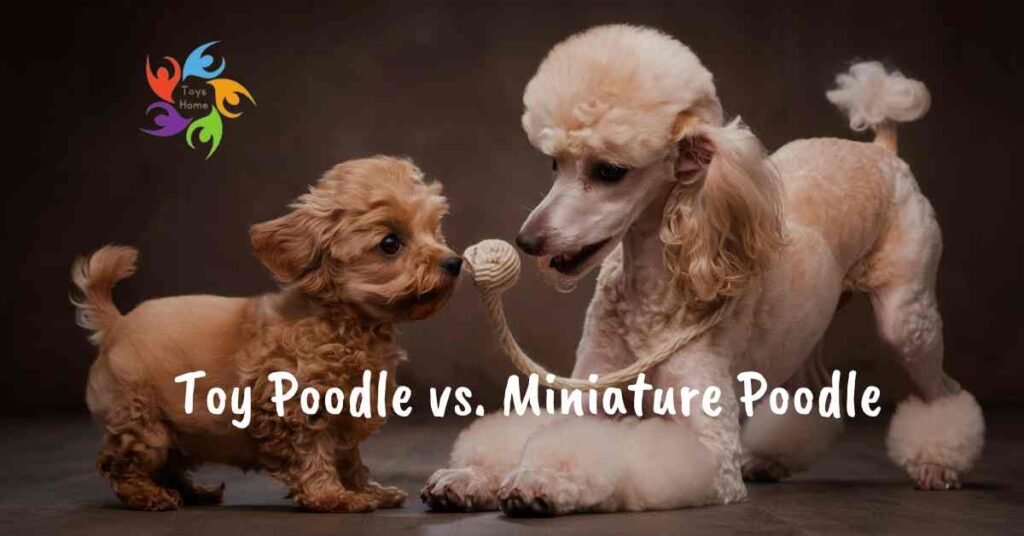
Physical Dimensions
The key difference between Toy and Miniature Poodles lies in their size. Here’s a more detailed look:
| Poodle Variety | Height | Weight |
| Toy Poodle | Under 10 inches | 4-6 pounds |
| Miniature Poodle | 10-15 inches | 10-15 pounds |
Growth Patterns from Puppyhood to Adulthood
Both poodles start as tiny puppies, but their growth rates and final sizes differ. Toy Poodles reach their full size much faster, typically around 6 to 9 months, while Miniature Poodles continue growing until they are about a year old. Understanding these growth patterns is crucial for potential owners to meet their exercise requirements and ensure proper development.
Distinctive Coat and Colors
Poodles are renowned for their beautiful, curly coats, which come in various colors, including white, black, apricot, and red. Here’s what sets the coats of Toy and Miniature Poodles apart:
- Texture: Both have dense, water-resistant coats that can be curly or corded.
- Color Variations: Both poodles boast a wide range of colors, some with unique markings.
Grooming Needs and Maintenance
- Regular Grooming: Both poodles require consistent grooming to prevent matting and maintain their appearance.
- Coat Care: Routine brushing, trimming, and bathing are essential to keep their coats healthy and looking their best.
- Poodle Grooming Routine: A typical routine includes brushing every few days and professional grooming every 6 to 8 weeks.
Health and Care for Toy and Miniature Poodles
General Health Considerations
While both poodles are generally healthy, they can be prone to certain health conditions. Here’s what you need to know:
- Toy Poodles:
- They are more prone to dental issues due to their smaller mouths.
- May suffer from patellar luxation, a condition affecting the kneecaps.
- Miniature Poodles:
- Can be susceptible to eye conditions like progressive retinal atrophy.
- At risk for hip dysplasia, a common issue in many dog breeds.
Importance of Regular Veterinary Check-Ups
Both poodles benefit from routine veterinary visits to monitor their body health and catch any potential issues early. Regular check-ups help maintain their physical wellness and ensure they lead happy, active lives.
Grooming and Maintenance
- Essential Grooming Practices: Regular grooming keeps dogs’ coats beautiful and prevents health issues like ear infections and skin conditions.
- Recommended Grooming Frequency: Professional grooming every 6 to 8 weeks, with regular at-home maintenance.
Behavior and Personality Traits
Temperament Differences
Poodles are known for their friendly and intelligent nature. Here’s how the temperament of Toy and Miniature Poodles compares:
- Toy Poodles:
- Often described as affectionate, playful, and eager to please.
- Enjoy being the centre of attention and are well-suited for families and individuals.
- Miniature Poodles:
- Known for their balanced and calm demeanor.
- I tend to be more reserved with strangers, but I warm up quickly with socialization.
Intelligence and Trainability
Poodles, regardless of size, are incredibly intelligent and easy to train. Here’s how their brain activity and training capabilities stack up:
- Cognitive Exercise: Both poodles excel in activities that challenge their minds, such as puzzle toys and obedience training.
- Training Tips: Positive reinforcement methods work best, and both poodles enjoy learning new tricks and commands.
Exercise and Mental Stimulation Needs

Poodles need daily exercise to stay healthy and happy. Standard Poodles require a lot of activity, such as long walks and runs. Miniature Poodles need less exercise but enjoy shorter walks and playtime. Toy Poodles need the least exercise, with short walks and indoor play sufficient.
Mental stimulation is important for all poodles since they are smart dogs. Engaging them with brain games and training keeps their minds sharp. Puzzle toys and learning new tricks are great activities. Regular exercise and mental activities help prevent boredom, ensuring they stay well-behaved and happy. Meeting these needs helps poodles live a full and joyful life with their families.
Physical Exercise Requirements
Both poodles require regular exercise to maintain their physical condition and prevent boredom. Here’s what to keep in mind:
- Toy Poodles:
It requires shorter but frequent walks and playtime sessions.
Enjoy indoor games like fetch and tug-of-war.
- Miniature Poodles:
Need longer walks and more vigorous play to expend energy.
Thrive on outdoor adventures and can participate in dog sports like agility.
Mental Enrichment Activities
Keeping both poodles mentally stimulated is key to preventing behavioral issues. Here are some ideas for mental engagement:
- Mind Games: Interactive toys and puzzle feeders are great for challenging their brains.
- Training Sessions: Incorporate regular training to keep them sharp and engaged.
Poodles as Family Pets
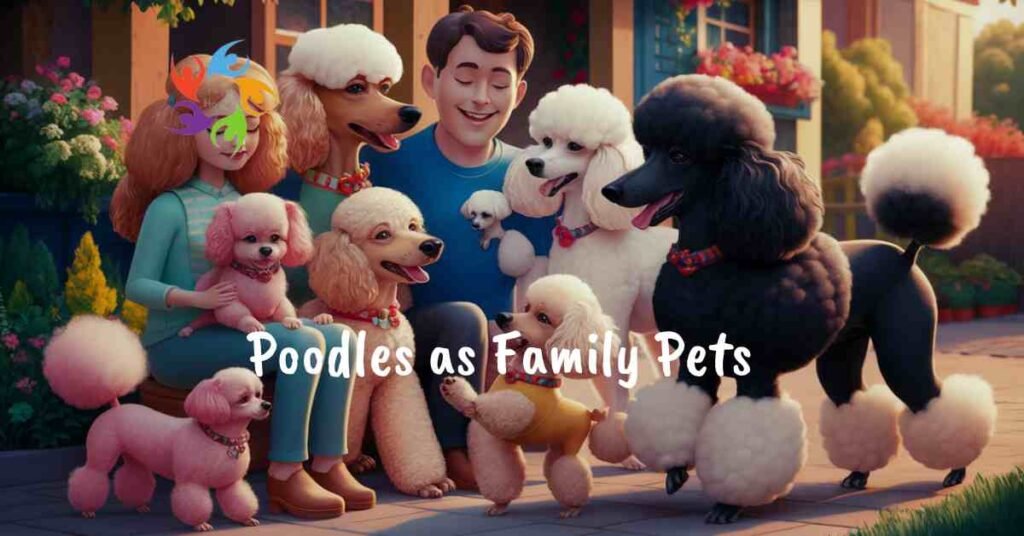
Suitability for Various Home Environments
Both poodles are adaptable and can thrive in different living situations. Here’s how they fit into various home environments:
- Toy Poodles:
They are ideal for apartment living due to their small size.
It requires minimal space but benefits from daily interaction and play.
- Miniature Poodles:
Suitable for homes with more space, including those with yards.
Enjoy having room to roam but still adapt well to smaller spaces.
Considerations for First-Time Dog Owners
Due to their manageable size and trainability, both poodles make excellent choices for first-time dog owners. However, understanding their grooming and activity level needs is crucial for a successful pet-owner relationship.
Interaction with Children and Other Animals
Poodles are known for their social nature and ability to get along with children and other pets. Here’s what you need to know about their interaction with kids and other pets:
- Toy Poodles:
It is best suited for families with older children who can handle them gently.
They can be cautious around larger dogs but generally adapt well to socialization.
- Miniature Poodles:
Great with children of all ages and known for their patience.
Typically friendly with other pets, especially when raised together.
Socialization Strategies for Positive Interactions
Early socialization is essential for both poodles to develop into well-rounded and confident companions. Exposing them to various people, environments, and other animals helps ensure they are comfortable and well-behaved in different situations.
History and Popularity of the Poodle Breed

Origins and Evolution
The poodle’s origin story is rich and fascinating. Here’s a look at their historical background:
- Ancient Beginnings: Originated in Germany, where they were initially bred as water retrievers.
- Development in France: Smaller poodles were developed in France, where they became popular as companion animals.
Development of Size Variations Over Time
The poodle’s breed development shifted from working dogs to beloved companions. Selective breeding focused on refining their appearance and temperament, leading to the creation of the Toy and Miniature Poodles we know today.
Modern Popularity and Standards
Poodles are a popular choice for pet owners worldwide, thanks to their intelligence, hypoallergenic coats, and versatility. Here’s a look at their modern popularity:
- Recognition by Kennel Clubs: Major kennel clubs recognize all poodle sizes, and breed standards outline their ideal appearance and temperament.
- Trends in Poodle Ownership: Poodles are a top choice for families and individuals seeking a loyal and intelligent companion.
Choosing the Right Poodle for You
Deciding Between Toy and Miniature Poodles
When choosing between the Toy and Miniature Poodles, consider your lifestyle and preferences:
Factors to Consider:
Space Needs: Toy Poodles are better suited for smaller living spaces, while Miniature Poodles thrive in homes with more room.
Activity Level: Miniature Poodles require more exercise and
Conclusion “Is a Toy Poodle Smaller Than a Miniature Poodle?”
Understanding the differences between Toys and Miniature Poodles can help you decide which is best for your lifestyle. Toy Poodles are smaller and need less space, making them great for apartments and smaller homes.
Miniature Poodles are slightly larger and enjoy more active play, fitting well into family settings. Both types share the poodle breed’s intelligence, elegance, and friendly nature.
Considering their size, exercise, and mental stimulation needs, you can find the perfect poodle to fit your life and bring joy to your home.
Frequently Asked Questions
What are the key differences in size between Toy and Miniature Poodles?
Toy Poodles are smaller, standing under 10 inches and weighing 4 to 6 pounds, while Miniature Poodles stand 10 to 15 inches tall and weigh 10 to 15 pounds.
How does the weight of a fully grown Toy Poodle compare to a Miniature Poodle?
A fully-grown Toy Poodle weighs 4 to 6 pounds, whereas a Miniature Poodle weighs 10 to 15 pounds.
What are the official size classifications for poodles?
Poodles are classified into three sizes: Toy (under 10 inches), Miniature (10 to 15 inches), and Standard (over 15 inches).
At what age do Toy Poodles reach full maturity?
Toy Poodles typically reach full maturity between 8 to 12 months of age.
Can adult Toys and Miniature Poodles be distinguished by weight alone?
Weight can help distinguish them, with miniature poodles generally heavier than toy poodles.
How do Toy Poodle growth patterns differ from those of Miniature Poodles?
Toy Poodles mature by 8 to 12 months, while Miniature Poodles may take up to 14 months to fully mature.

